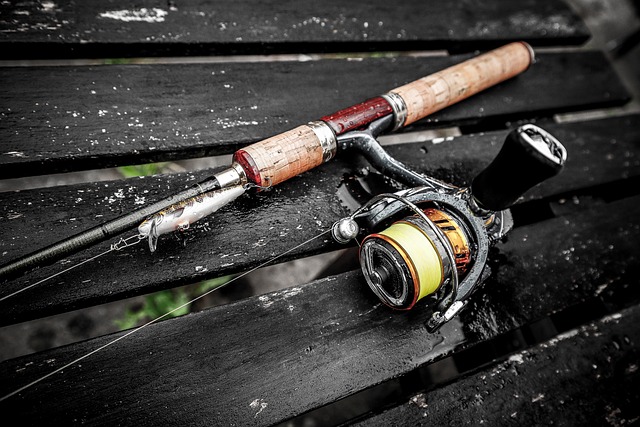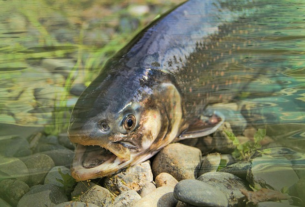Anglers seeking a challenging yet rewarding experience should focus on catching river trout using specific techniques and gear tailored for small streams. Identify their ideal habitats, employing lightweight rods, smooth drag reels, and lighter lines (3-6 pound test) for precision casting in tight spaces. Master casting techniques like the roll cast and dapping to gently place lures or flies. Fish during cooler parts of the day and cloudy weather for better success. Use natural baits and shallow water lures with strategic color choices based on light conditions, imitating local ecosystem prey.
Uncover the secrets to successfully catching trout in small streams with these expert trout fishing tips. Learn how to identify the ideal habitat and understand the behavior of river trout to maximize your chances. Armed with the right gear—including specialized rods, reels, and lines for tight spaces—you’ll master casting techniques tailored for these environments. Discover the best times of day and weather conditions when trout are most active, and explore effective bait and lures to attract them in shallow waters.
- Understanding River Trout Behavior: Identifying Ideal Habitat
- Choosing the Right Gear: Rods, Reels, and Lines for Small Streams
- Effective Casting Techniques Specific to Tight Spaces
- Time of Day and Weather Conditions: When Trout are Most Active
- Bait and Lures: Attracting Trout in Shallow Waters
Understanding River Trout Behavior: Identifying Ideal Habitat
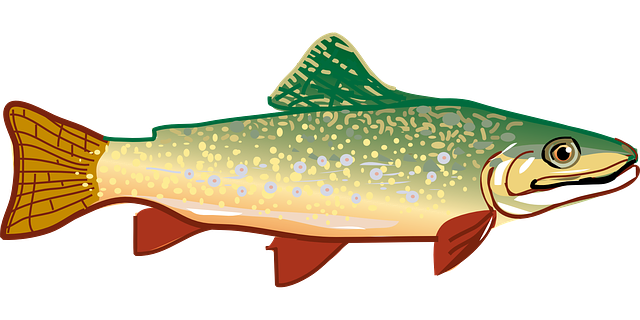
Trout are highly selective fish known for their intelligence and complex behavior patterns. Understanding their habits is key to successful river trout fishing. During the day, they tend to seek cover in shallow pools, behind rocks or under overhanging trees, where they can rest and wait for prey. These areas often offer protection from predators and allow trout to patiently observe their surroundings before striking. At night, they become more active and may feed aggressively in deeper waters.
Identifying the ideal habitat is crucial when trying to catch trout. Look for small streams with consistent water flow, clear water, and a variety of cover such as riffles, pools, and gravel bars. Trout prefer these spots as they provide ample hiding places while still allowing easy access to food. Additionally, understanding current and water levels can greatly impact your fishing success. Trout often lie in wait along the edges where currents slow down, creating ideal conditions for casting your line and enticing a bite.
Choosing the Right Gear: Rods, Reels, and Lines for Small Streams
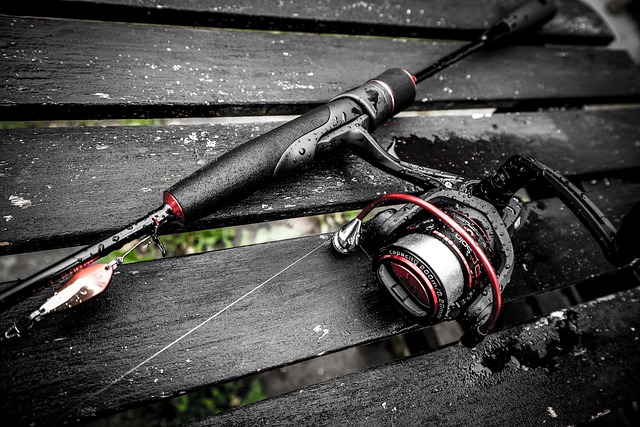
When it comes to gear for river trout fishing in small streams, selecting the right equipment is key to enhancing your success and enjoyment. Look for lightweight rods designed specifically for precision casting in tight spaces—these will allow you to make delicate presentations without causing excessive disruption in the calm waters. A reel with a smooth drag system is also essential, as it enables you to set the hook cleanly and fight trout effectively without breaking the line.
Consider using lighter lines, typically between 3-6 pound test, to increase your casting accuracy and sensitivity. Thinner lines cut through the air more easily, allowing for tighter turns and better control over your cast. Additionally, opt for fluorescent or bright colored lines for improved visibility in clear stream waters, which is crucial when presenting lures or flies accurately to eager trout lurking below.
Effective Casting Techniques Specific to Tight Spaces
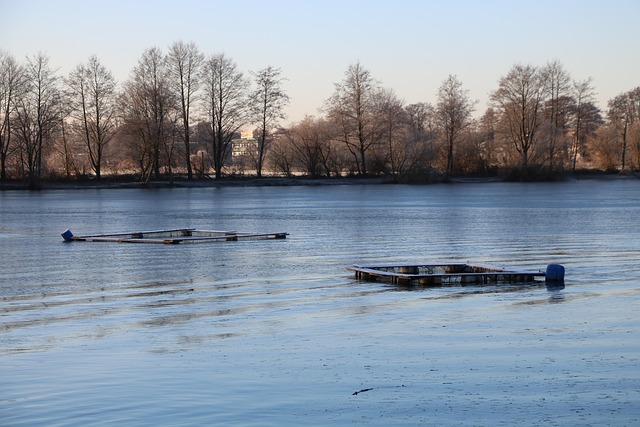
When it comes to casting for trout in small streams, precision is key due to the tight spaces. Techniques like the ‘roll cast’ and ‘dapping’ are particularly effective here. The roll cast allows for longer casts while maintaining control, crucial when navigating around bends and over obstacles. Involving a smooth, circular motion, this technique enables anglers to present their bait or lure gently onto the water surface, mimicking natural insects.
Dapping, on the other hand, is a delicate method that requires minimal back-and-forth movement of the rod. By quickly dipping the line in and out of the water, anglers can imitate small creatures struggling in the current, a popular trick to catch curious river trout. These strategies demand skill and practice but offer rewarding experiences for those looking to master the art of catching trout in their natural habitat.
Time of Day and Weather Conditions: When Trout are Most Active
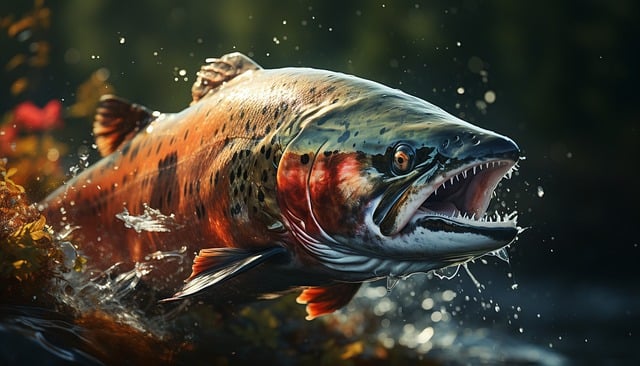
The timing of your trout fishing trip can significantly impact your success rate. Trout are most active during the early morning and late afternoon or evening hours, particularly when the weather is cooler. During these times, they tend to feed more aggressively as they prepare for the day ahead or rest up after a busy period. So, aim to arrive at your chosen small stream before sunrise and stay until just after dusk for the best trout fishing experience.
Cloudy days are ideal for river trout fishing as trout are more prone to bite when the sun is not shining directly on the water. Overcast conditions create a more comfortable environment for the fish, encouraging them to feed more frequently. Conversely, clear, sunny days might see trout becoming more selective in their feeding patterns due to the increased visibility below the surface. Therefore, be sure to check the weather forecast and choose your fishing time accordingly to increase your chances of catching these elusive river trout.
Bait and Lures: Attracting Trout in Shallow Waters
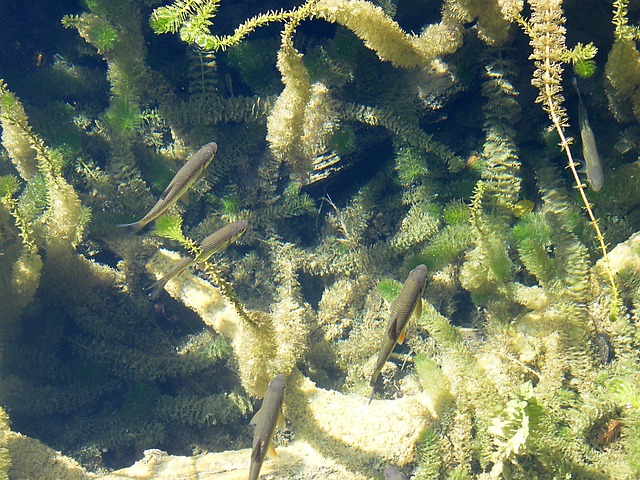
When it comes to trout fishing tips for small streams, understanding what attracts trout in shallow waters is key. River trout fishing can be particularly challenging due to the clear water and observant fish. Opt for natural baits like small frogs, insects, and worms that mimic the stream’s ecosystem. You can also use lures designed for shallow water fishing, such as surface poppers or spinnerbaits, which create movement and noise that can trigger a trout’s strike.
Experiment with different colors and patterns to find what works best in your specific stream conditions. Bright colors may be more effective in low light conditions early morning or late evening, while more natural hues blend in better during midday. Remember, the goal is to present something enticing that mimics the kind of prey trout naturally feed on in these environments.
Casting for trout in small streams requires a unique approach, combining an understanding of their behavior with precise technique. By identifying the ideal habitat, choosing the right gear, and employing effective casting techniques tailored to tight spaces, anglers can significantly improve their chances of catching these elusive creatures. Consider the time of day and weather conditions, as well as selecting appropriate bait and lures designed for shallow waters, to make every cast count. Armed with these trout fishing tips, river trout fishing enthusiasts can enjoy greater success in navigating the labyrinthine streams and ultimately catching their desired prize.
